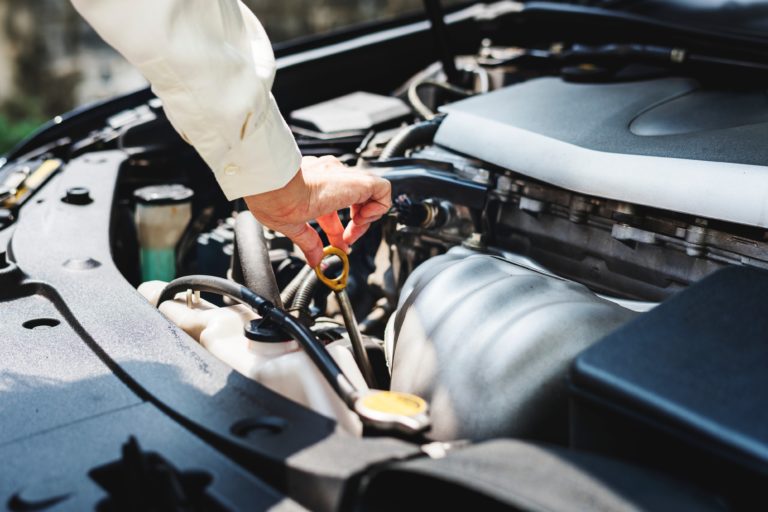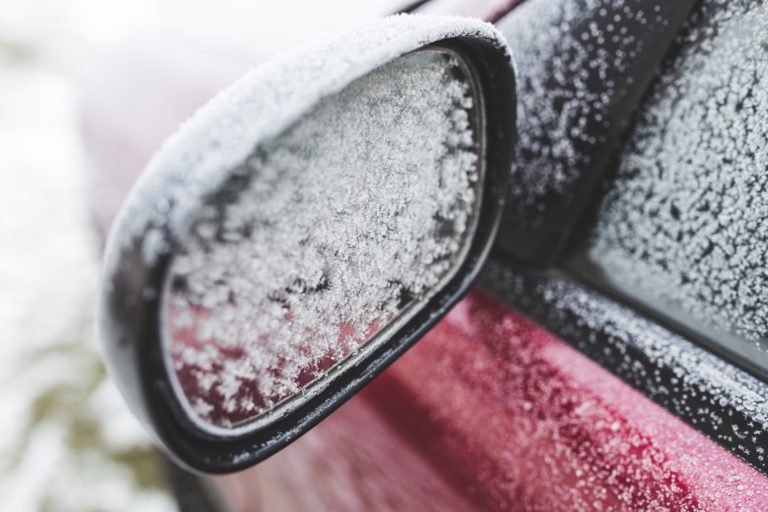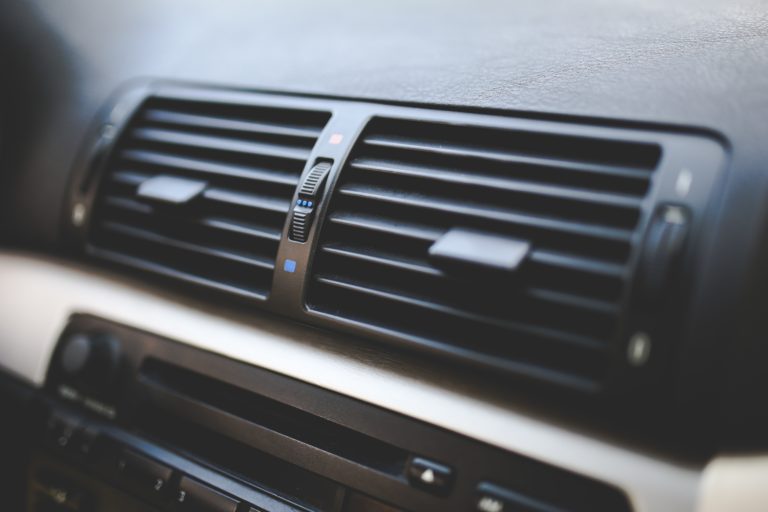"Important tips from our master mechanics."
Are You Ready?
When did they invent the "Polar Vortex"? I do not believe that I had ever heard of such a thing until 2013. In case another polar vortex hits us this year, here are some tips to keep your vehicle in good shape through the hardest time of the year for it.
Highway driving is much easier on a vehicle in the winter
Short trips in cold weather are considered severe operation. Highway driving is much easier on a vehicle, as all fluids and systems will have warmed to operating temperature and are working at best possible efficiency given the climate.
Winter Tires are Valuable
The rubber compound in all-season tires hardens when temps drop below 44 F, causing them to lose grip, whereas winter tires stay soft and stick to the road in sub-zero temperatures.
Be aware that road salt loses its grip below 20 F and is almost totally ineffective below 10 F, so always drive with extra care in severe cold.
Wait to Turn on the Heat??
Older vehicles didn’t provide cabin heat until the engine had warmed enough to open the cooling system thermostat, which often took 20 minutes or so.
Heaters will delay engine warm-up. Newer autos supply interior heat almost right away, but this, in turn, delays engine warm-up since you’re siphoning off much-needed heat during those vital first few minutes. Waiting 20 minutes before turning on your heater might save some gas, but frankly, I’d rather be warm.
Engine Efficiency is Affected
Your engine runs least efficiently during the first 20 minutes or so after cold start-up, before it has warmed to operating temperature.
During this time, it runs rich (high gasoline-to-air ratio to prevent stalling) and water vapor builds up in the motor oil and the exhaust system.
With repeated short trips in cold weather (e.g. taking kids to/from school), the vehicle may never warm sufficiently to burn off accumulated water vapor and you may notice sludge at the end of your dipstick. Also, your exhaust system may rust prematurely, despite low mileage.
Check Your Oil
Motor oil thickens when cold, making it harder for the engine to turn over on the first start of the day. This is further exacerbated by the fact that battery output drops by about half at 0 F. It also declines gradually with age, so an older battery that’s fine in warm weather might fail in the cold.
Thinner oil grades, an engine block heater or battery blanket may aid cold-weather starting.
Pay Attention to Your Windshield
Windshields will be more vulnerable to damage. Never use hot water to clear a frosted windshield, as it could crack. Alcohol sprays, such as Frost Buster, Prestone Heat or ordinary rubbing alcohol are safer alternatives. These can also be added to washer fluid to increase freeze-up protection.
Blasting mega-hot air from your car defroster can also crack a frozen windshield.
Tips on Protecting Your Engine
Your engine block will be more vulnerable to cracking due to frozen coolant. Freeze-up protection can be checked with an inexpensive float-ball tester.
Use the correct coolant type and mix when topping up. Don’t add plain water alone, as it will dilute the mixture and lessen freeze-up protection. Don’t mix regular (green, two-year) antifreeze with long-life (yellow or reddish, five-year) coolant, since it reverts to the shorter lifespan.











